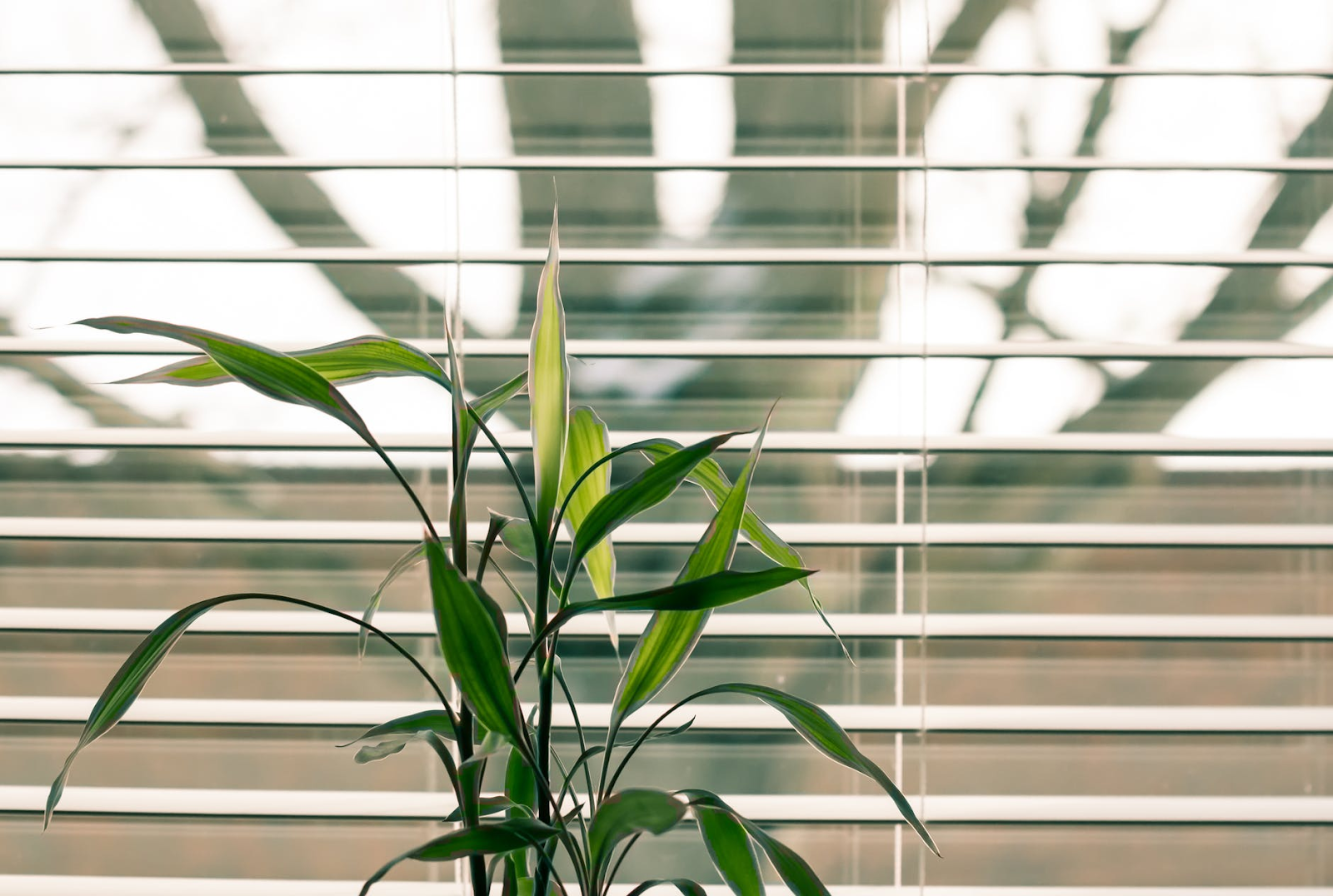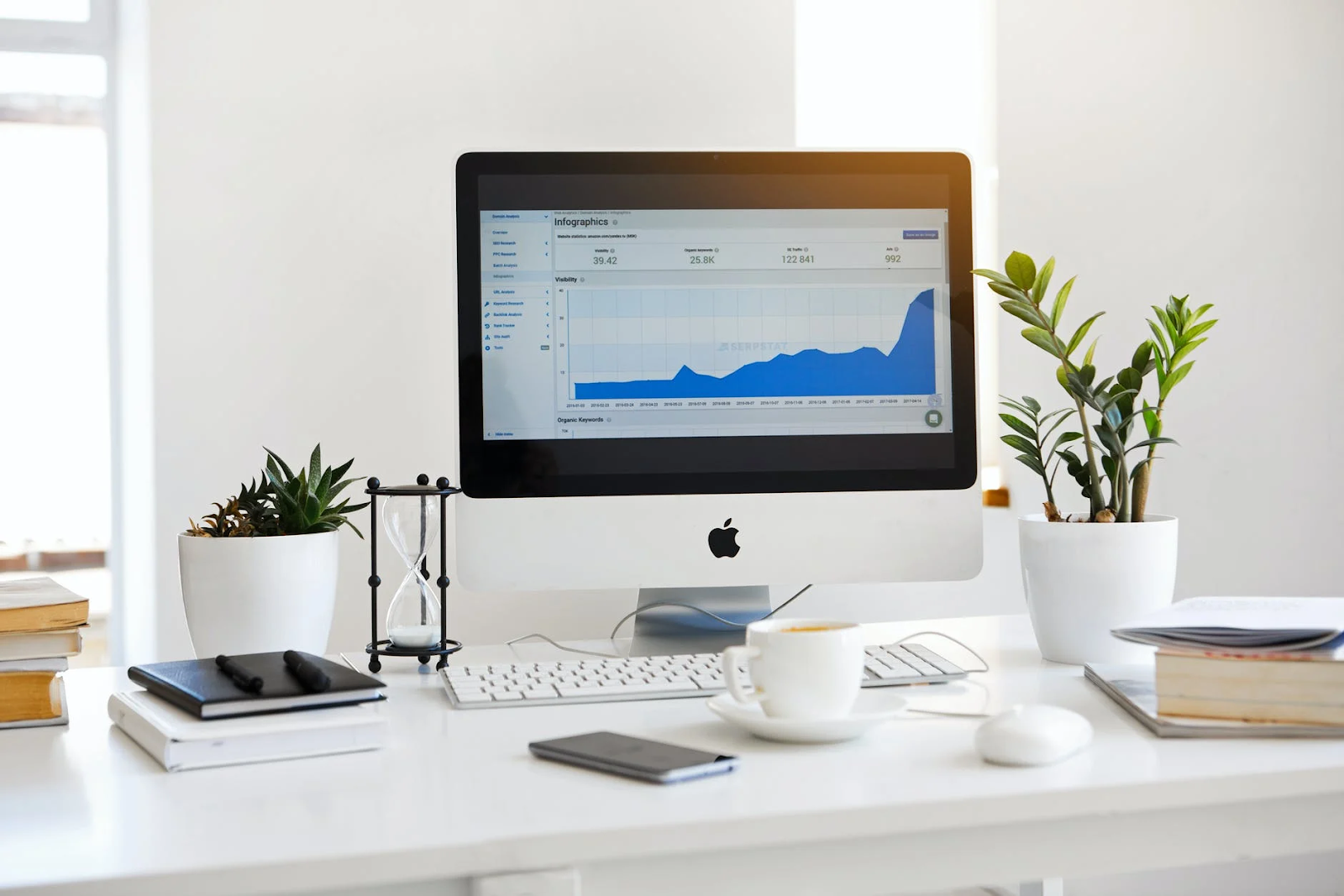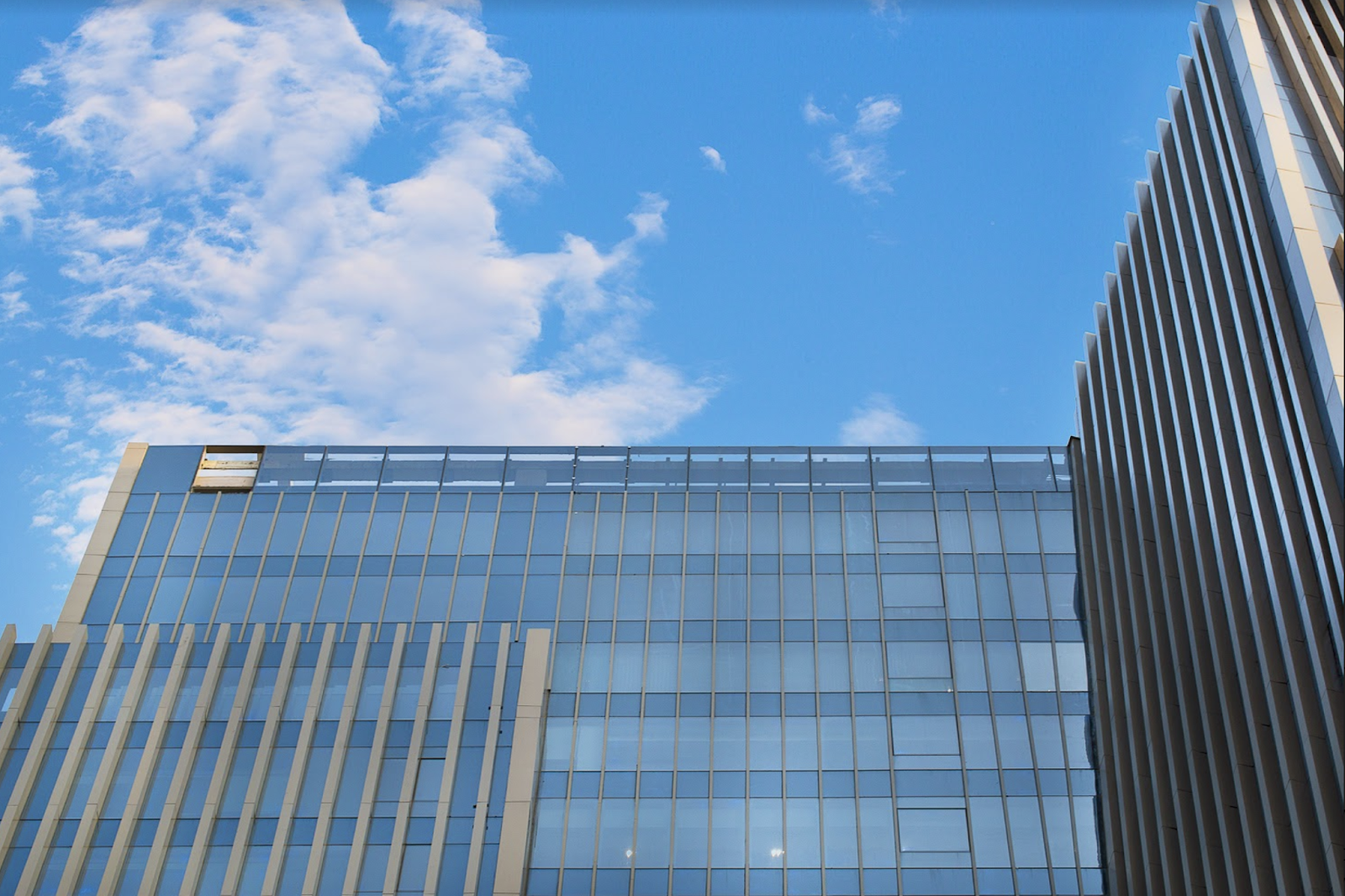When we talk about workspaces, the word ‘sustainable’ often misses out on its share of attention. A workspace conversation is usually about the best facilities and infrastructure, with noticeably less regard for their environmental impact on the planet. This is a major red flag for the future we may have to face as a society. However, there are workspaces – like Max Towers – which believe that workspaces have the potential to be sustainable, green, and contribute to environmental health. From optimized resource management to green and clean energy, here’s what we think workspaces can do to save the environment!
Efficient Cooling and Filtration

An integral part of any sustainable design is the exhaustion of polluted air and an easy inflow of cleaner air. Adding more plants to your indoor workspace is one way of natural filtration through which indoor CO2 levels can be kept in check. Of course, they also make your office more green. According to a report, shifting to energy-efficient air conditioning and cooling appliances could cut up to 460 billion metric tonnes of greenhouse gas emissions over the next 40 years. The same report, from the UN Environment Programme and the International Energy Agency, also emphasizes that using energy-efficient cooling and filtration systems can be key to delaying climate change to a good extent.
Power Usage
Sure, we can reduce our carbon footprint by switching to cleaner, alternative sources of energy, partially at least, if not completely. But it is also important to increase efficiency of our power consumption at workspaces. Not only should there be a lower operating cost for equipment such as HVACs and lighting, but we should also be mindful of how eco-friendly the air conditioning systems we utilize are, and understand their impact on the environment. A higher coefficient of performance, for example, translates to more cooling per unit of energy consumed. The implications of focusing on these metrics should be fairly obvious.
On an individual level, keeping our power usage in check and promoting conscious practices that contribute to reducing power usage. Workspaces can also save a significant amount of money and conserve energy resources by relying on daylight when possible. The impact of such a move goes beyond cost and consumption – it also has very interesting, positive results on workforce psychology.
Water Management
Water disputes are now more common than ever, across all levels – city, states, and even nations. And water being such a heavily consumed resource, it falls on both individuals and entire ecosystems such as workspaces, to do their bit in resolving what seems to be a looming crisis.
An extensive rainwater management system is now a necessity in workspaces of the future. A workspace without processes to neutralize its water consumption is certainly not an environmental-friendly workspace. The smarter ones can go all the way like Max Towers, with on-site treatment of 100% of their generated wastewater.
On an individual level, be sure to promote sustainable water usage and generate awareness in teams. You can also take additional steps such as installing low water usage toilets and taps, and sensor-based faucets that will minimize water wastage.
Check your paper usage

This is easier said than done, with the office industry’s heavy reliance on paper. But Covid-19 has certainly played its part in catalysing a transition to major aspects of offices, if not digital offices entirely. In 2020, it’s possible to go paperless: whether it’s presentations, reports, or our daily office work. Plus, enterprises have the chance to be more collaborative, streamlined, efficient, and, most importantly, green, thanks to cloud computing and other digital solutions. Swap your regular paper and ink for desktop applications, HRM software, and more that make your work easier and cleaner!
The significance of LEED certification
Perhaps the best way to measure how workspaces stand in terms of their environmental impact is their LEED certification. LEED stands for Leadership in Energy and Environmental Design and is a Green Building Rating System. It is a certified international point of reference for identifying green buildings in India and around the globe. At Max Towers, we’ve worked hard to earn our LEED Platinum certification, and hope to see many more workspaces of the future join us in this club!
If a workspace has a LEED certification, it is a recognition that the building produces less waste and is energy-efficient. You can do your bit by consciously choosing a workspace that helps the environment!

How Max Towers is working towards making environmental friendly workspaces in India a reality
Max Towers has been conceptualized by Gensler and Esteva i Esteva- acclaimed architects that have ensured every design detail is just as functional as it is aesthetically pleasing. It is one of the few LEED Platinum certified buildings in India and is helping organizations build a better future. With environmental conscious and friendly features such as:
- High energy efficiency systems for long-term savings
- Water segregation and recycling
- On-site treatment of 100% wastewater
- Rainwater management system
- Green shuttle for metro transport
- Electric vehicle and carpool friendly parking
Max Towers is one of the few pioneers in India that focus on biophilia, or the love for nature, through architectural designs that are suitable for the environment and focus on sustainability. With green open spaces, natural landscaping, and incorporating living walls, Max Towers is building office spaces in Delhi NCR that are cleaner, greener, and great for our environment! We look forward to hosting you, either in person or via our virtual tour!
 0 comments
0 comments





